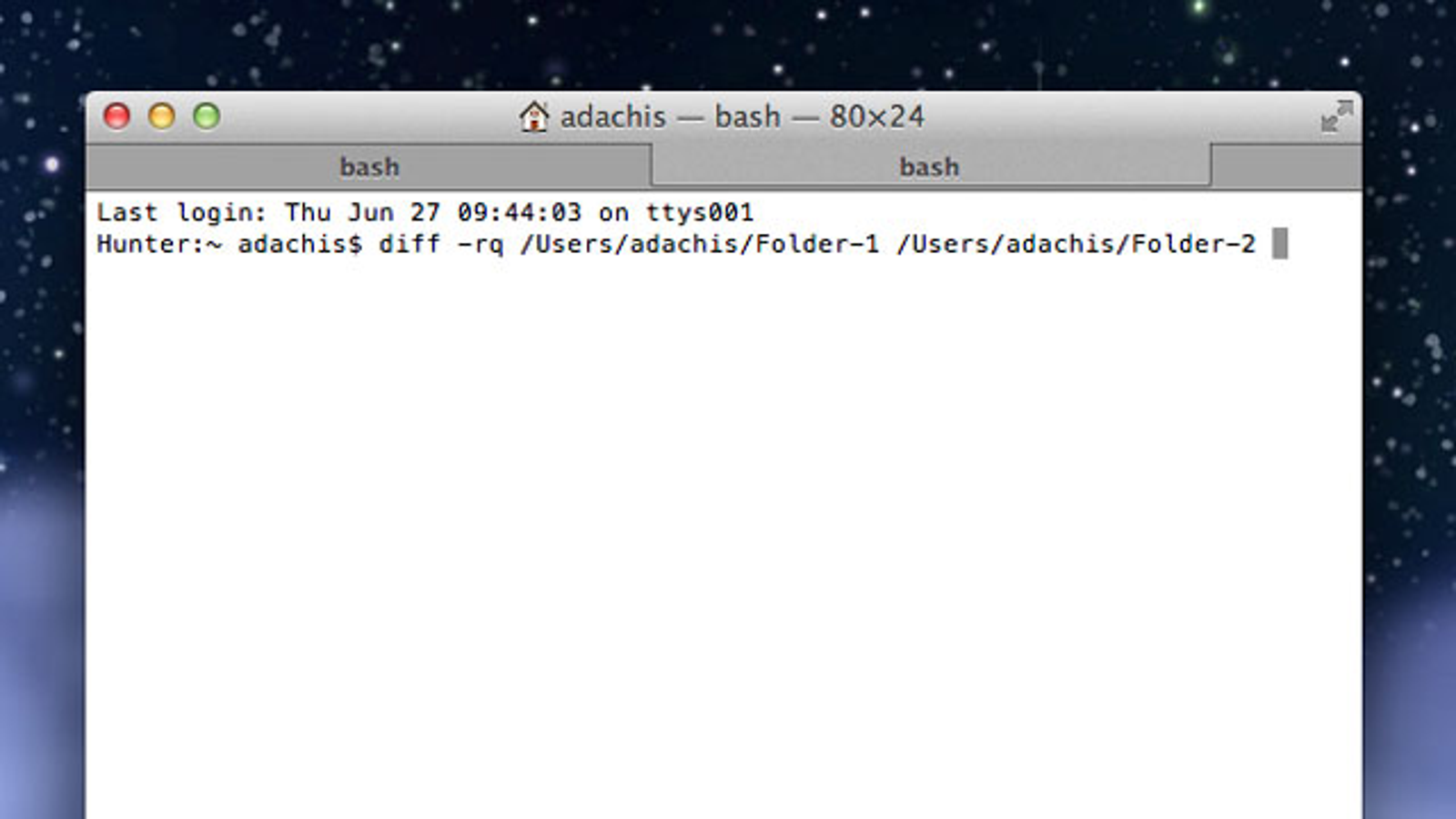
The Zsh included with macOS Catalina is version 5.7.1 and is the most current version at the time of Catalina’s release.
MAC TERMINAL COMMANDS FOR WORKING WITH TEXT FILES MAC
To put that in perspective, the version of Bash used on your Mac was new when the first iPhone was introduced.Īpple is likely using the older version because the licensing for the Bash shell changed from GNU GPL 2 (General Public License) to GNU GPLv3, which includes restrictions that could cause problems for Apple.Īpple muddled along with the older version for quite a few years, but really, it’s time to move on to something more current. They haven’t said specifically why the change is occurring, but we can make some educated guesses.Īpple has been using the Bash shell since OS X Jaguar but hasn’t updated Bash since version 3.2 was released in 2007. Shell Scripts: The ability to run a file containing multiple shell commands.Īpple is changing from the Bash shell to the Zsh (Z Shell).Command Execution: What happens when commands are run.Redirect: Controls the input and output of commands.Shell Expansion: How parameters in a command are expanded.Shell Parameters: How and where the shell stores values.Shell Functions: The ability to group commands together.Shell Commands: The actual commands the shell can execute.Shell Syntax: How the shell understands what you enter.Most shells offer the following to some degree or other: The shell controls how the command line is presented to the user and what features the command line supports. But the command line still exists, and for working with core components of the operating system it can be very versatile, providing more capabilities than what is available in the GUI (Graphical User Interface). The Mac (and many UNIX and Linux systems) also features a graphical user interface to make working with the computer even easier. And like most Unix or Linux based systems, the command line interface is one of the key methods for interacting with the operating system.

The Mac makes use of a UNIX-like operating system. OK, so the shell was a big improvement back then, but why is it still used today with modern computers? Using a shell and a command line was a lot easier for working with a computer than rows and rows of toggle switches. Ah, those were the days.Įarly personal computers like the IMSAI 8080 used an array of switches to load programs manually – Image courtesy of Judson McCranie. Once the paper tape reader was operational, you could load a shell program that allowed a Teletype to be used as a command line interface. In many cases, the manually loaded program was for a boot loader that allowed the computer to accept input from a paper tape reader. This process was labor-intensive and prone to errors.

In some cases, this was done by setting a row of switches that represented a memory location address, and then loading data into the memory with another set of switches. In those early days, controlling a computer was a daunting task that could require you to manually load memory locations, one at a time, with the data that would eventually be run as a program. There are a number of different shells you can use, but if you’re wondering why anyone would want to use a shell and a command line to control a computer, you need to take a trip back in time to the dawn of the computer age. Shells are usually interactive text-based interfaces that accept commands and present the results. In this Rocket Yard guide, we’ll look at how this change to Terminal and the command line affects you.Īt the simplest level, a shell is a program that allows you to control a computer, in this case, a Mac, using commands you enter with the keyboard.

The quick take away is Apple is moving from the Bash (Bourne Again Shell) to a newer Zsh. MacOS Catalina has a number of new features and capabilities, but one change that’s often overlooked is the new shell used in Terminal to interact with the Mac via the command line.


 0 kommentar(er)
0 kommentar(er)
